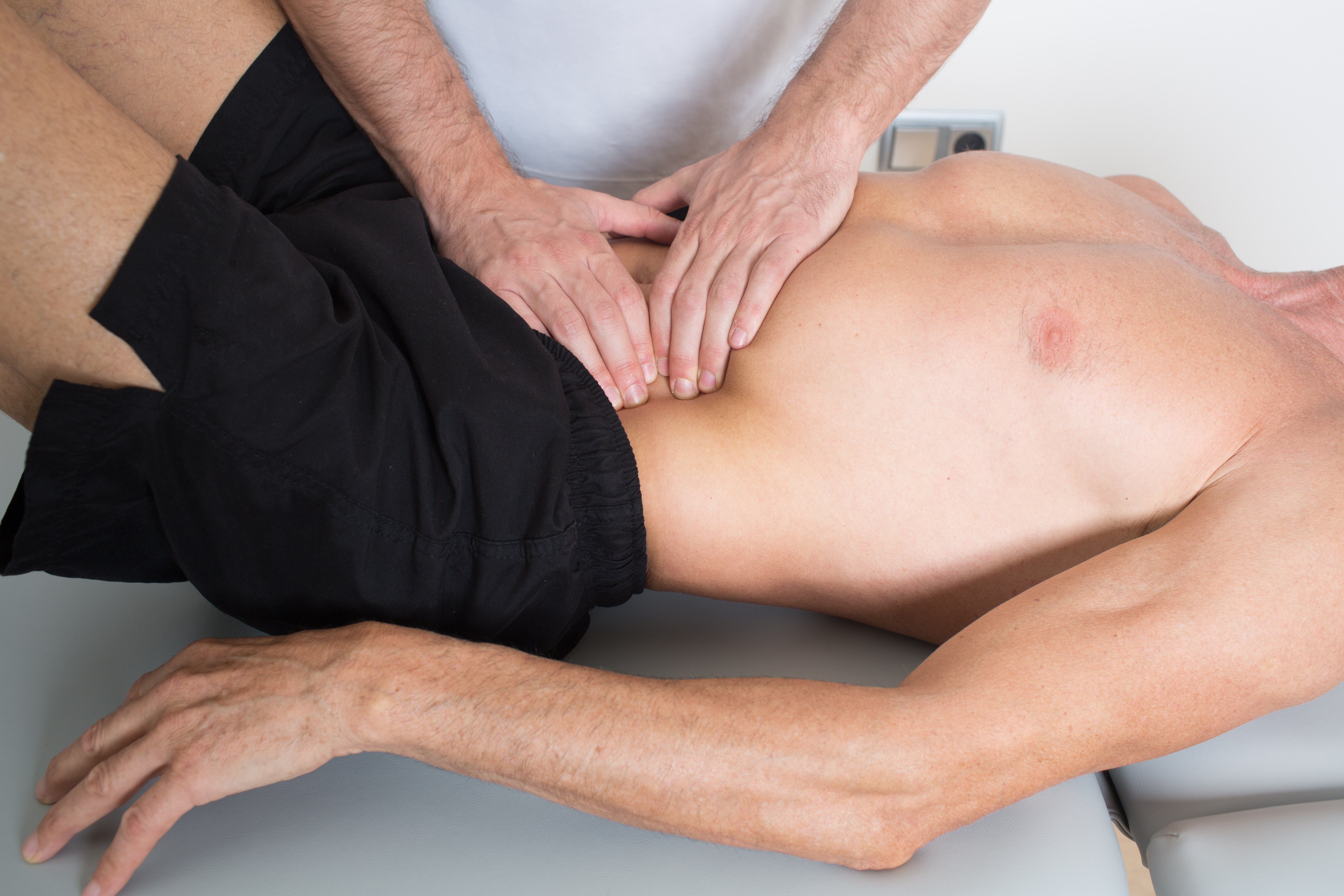Sometimes, post-workout muscle pain, or “delayed onset muscle soreness” (DOMS), isn’t much to worry about. Many individuals also see this as a positive sign that their activities are having an effect on their bodies and look forward to the increased strength and/or size when muscles have completely recovered.
However, if you’re getting back into exercising; have increased your workout intensity, frequency, or length; or simply suffer more than others when it comes to muscle soreness, you might be looking for ways to reduce its impact.
Painful legs, back or arms can make normal daily tasks much harder. And when you’re got a busy schedule or family life, doing without added muscle pain is ideal.
Keep Active
It might feel counterintuitive when all you want to do is rest, but staying active can help curb some of the worse effects of DOMS. You don’t need to do too much. Sometimes light walking, stretching, yoga, or pilates can do the trick just fine.
Replenish
Give your body what it needs to recover properly. Starting with the right kind of food immediately after your workout (carbohydrates, protein and plenty of greens) keep yourself hydrated at all times. Fruits and fibrous foods will help set your body up in the right way to recover.
Auto regulation
Also, aside from some light exercise, don’t push yourself too much too soon. You can work hard when you feel good, but if your energy is low one day don’t force it, plan a gentler session, it is still beneficial. Spend enough time resting and sleeping, while avoiding another heavy session – especially one that focuses on the same muscle groups- for a day or two after: see keep active above.
Heat
Muscles can ache more when they’re cold. To reduce stiffness, it can help to apply heat to stimulate blood flow and support the smooth movement of body parts. A hot towel applied to the sore area or a hot shower can help reduce any aches or stiffness that still lingers after 48 hours.
Try a Massage
Massages can relieve muscle tension, boost blood flow, and increase the range of motion in your joints. You can also get more specialized massage treatments that aim to address muscle pains and trigger points in your fascia.
If you’re looking for help with sports injuries, mobility improvement, or a professional myofascial release therapist in London let us know. Many of our treatments are designed to support overall physical and mental health and can be combined with complementary therapies that can improve sporting performance and reduce the effect of various injuries or ailments caused by exercise and sports.








